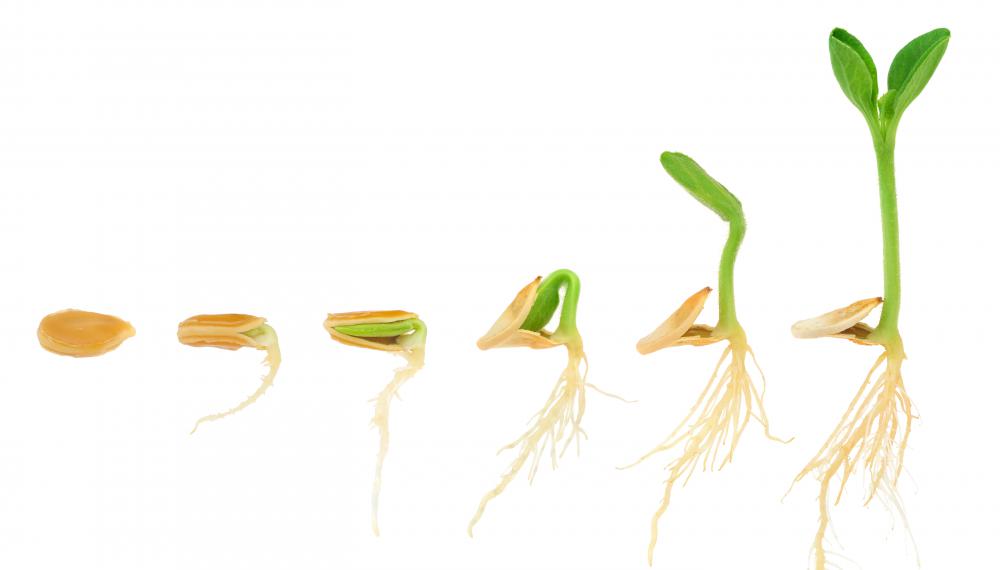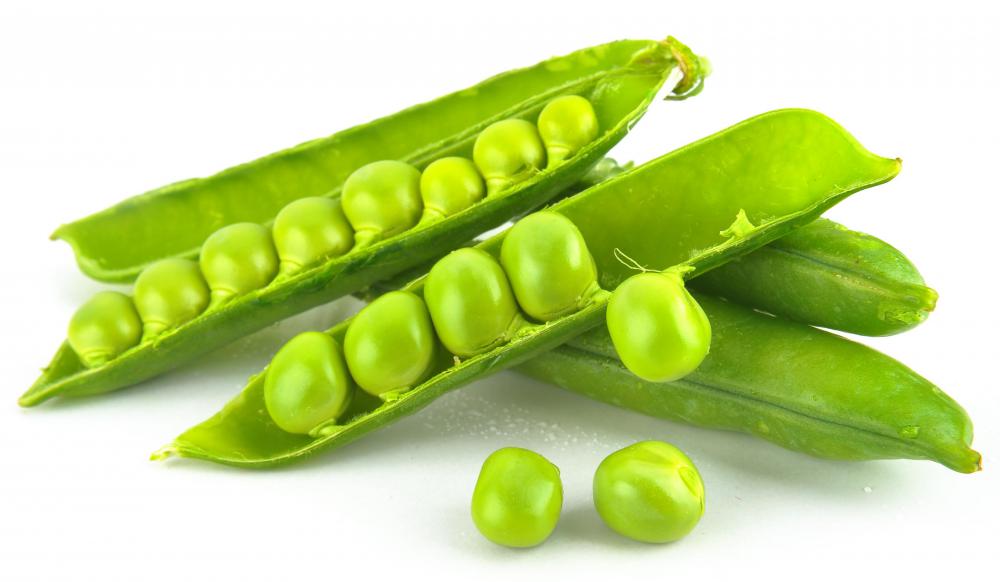What Is the Role of Amylase in Plants?
Amylase is an enzyme that acts as a catalyst to hydrolyze carbohydrates. The role of amylase in plants is for breaking down starches. Starches are usually processed in this way during seed germination, and turned into sugars. These sugars then provide the main source of energy for the plant during its early development.
Plants are able to store energy from the sun by creating sugars. Amylase assists in the initial development of the plant, before it is able to use energy from photosynthesis. The amylase enzymes begin their role in plant development as the plant's seed begins to germinate, root, and sprout.

In a study of the germination of cereal seeds, alpha amylase was found in the aleurone layer. The amylase works to hydrolyze the endosperm starch into usable sugars. These sugars provide the necessary energy for root growth and act as reserve food storage. Amylase in plants is important for the production of healthy shoots, so they form properly.
Enzymes react to temperature. As the ground warms, the amylase in the seed becomes more active. Since the amylase in plants acts as a food storage reserve as the plant grows, temperatures that are too high will typically cause the enzymes will stop functioning. For this reason, seeds that are exposed to high temperatures will not be able to sprout.

Gibberellins are also involved in the process of germination and early plant development. A tetra cyclic diterpene acid, gibberellin is believed to signal the start of the amylase process in the cells for starch-to-sugar conversion. The gibberellin becomes a chemical messenger for the plant embryo.
There are several basic forms of amylase, including alpha amylase, beta amylase, and glucoamylase. Alpha amylase heps to process basic substances like glycogen and starch, and can be found in the tissues and organs of many mammals, including humans. It works by breaking random bonds in the viscosity of starches, and produces glucose.
Beta amylase is abundant is seeds. It can also be found in molds, bacteria, and yeasts. This form of amylase breaks glucose-to-glucose bonds and produces maltose. Glucoamylase, or amyloglucosidase, break bonds and subsequently produces glucose.
Plants have both alpha and beta amylase, while animals have only alpha amylase. In humans, alpha amylase is found in saliva. Certain plants are known to be particularly high in amylase enzymes, including peas, corn, and barley. Without the presence of amylase, a seedling would not be able to grow to reach the sunlight needed for photosynthesis and healthy growth.
AS FEATURED ON:
AS FEATURED ON:












Discuss this Article
Post your comments